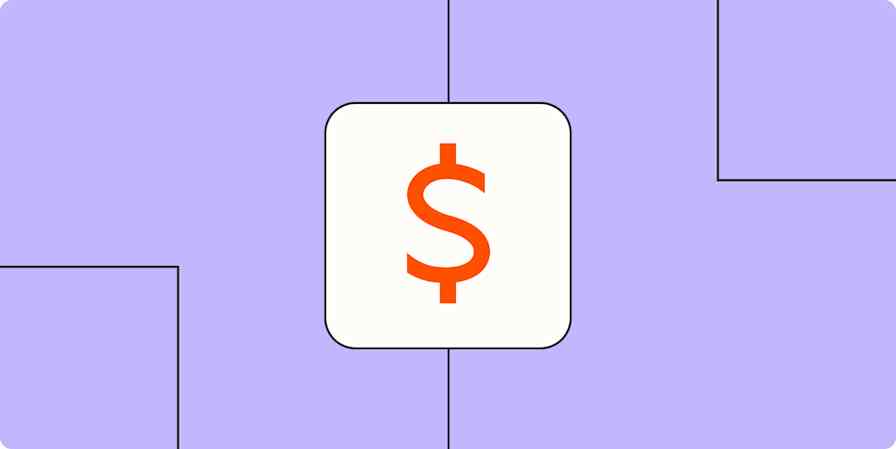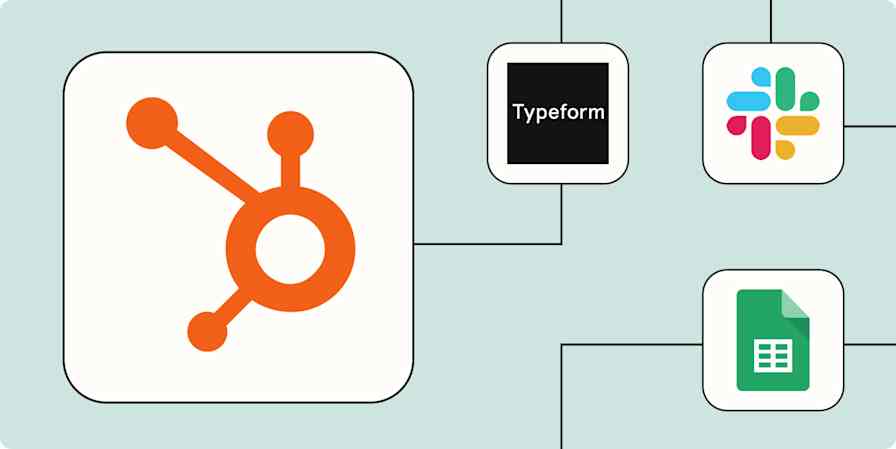Business tips
13 min readWhat is S&OP? Sales and operations planning 101
By Cecilia Gillen · August 3, 2023

Get productivity tips delivered straight to your inbox
We’ll email you 1-3 times per week—and never share your information.
Related articles
Improve your productivity automatically. Use Zapier to get your apps working together.









